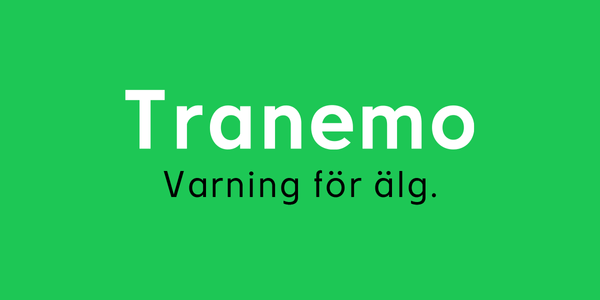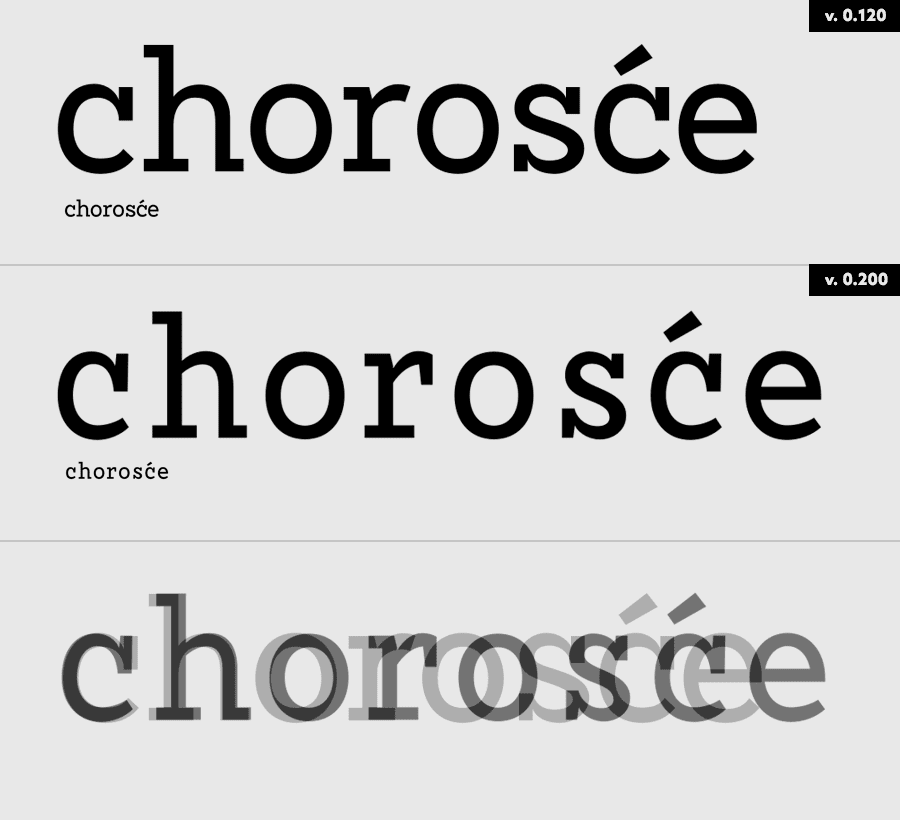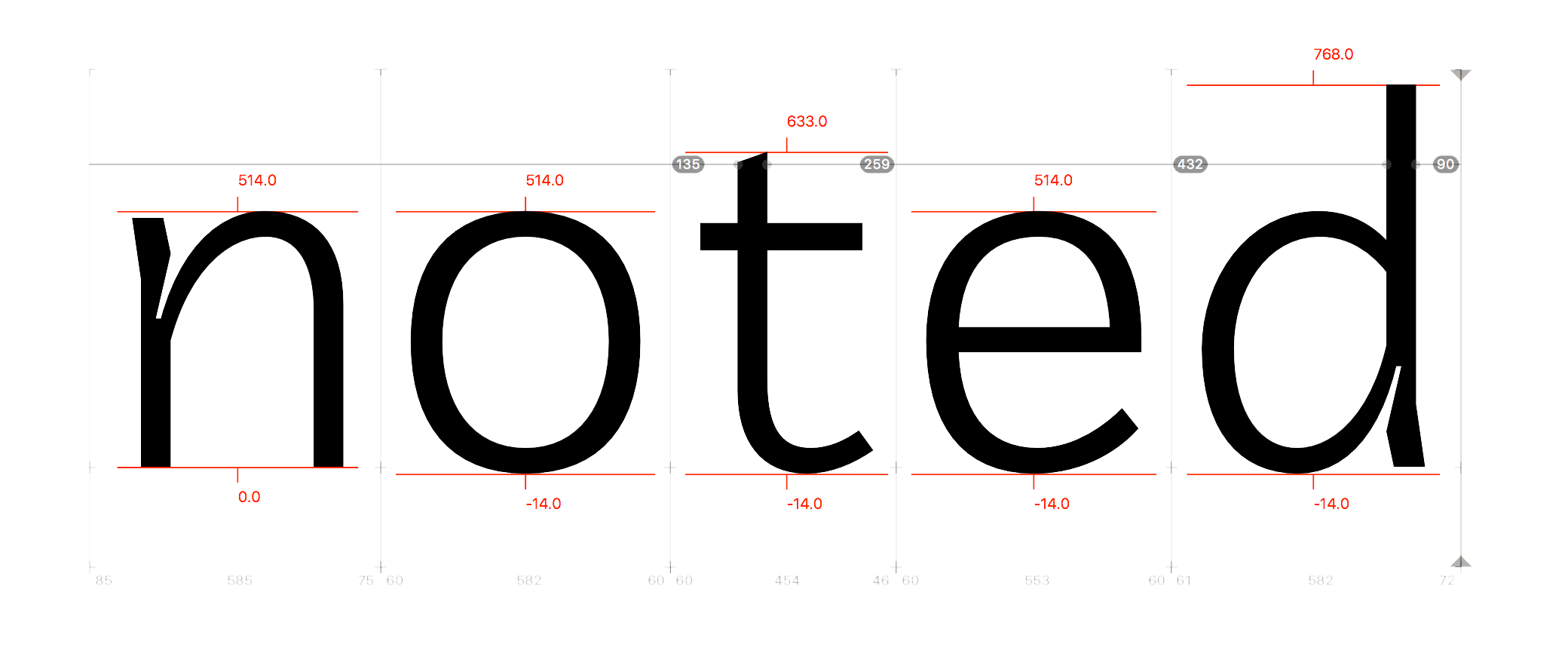Notes Tranemo typeface


As far as I can remember, ITC Officina Serif was my first favourite typeface. Until I was 19 years old, I used typefaces that was pre-installed on my Windows computer. I mostly made websites, with Verdana, Tahoma, and Arial as the only tools I could use.
In school, studying design, my views broaden. We read the book Stop Stealing Sheep & Find Out How Type Works by Erik Spiekermann, my first introduction to type design. And somehow, Officina Serif caught my eye. And typography caught my attention.
I still have a soft spot for slab serifs.

What was your first favourite typeface?
So, which one is it? Font size is 20 pixels for the regular weight on each row to the left. And font size on bold is (or maybe should be) 20 pixels on what row to the right?

About three years ago, I started working on one of my first typefaces. Released on Github as an open source type face, Slab No. 1 got a regular weight. I worked on it regularly pretty much until I attended Type@Paris in 2016. Then I got busy designing other typefaces. Now I’ve slowly started fixing some curves here and there. Looks like it’ll be a total remake.

(Yes, spacing is a bit generous. Work in progress. )
Creating a new logotype for a business is one of my favourite challenges to do. Here’s a recent one I did for Sundin Bulk, a two people haulage contractor. With a small budget, the client was looking for something simple and professional. Deviating …
Read moreThis website is managed by Kirby CMS, running on a Linode server with Runcloud installed. Images and assets are on KeyCDN. The source code is in a private Bitbucket repository, set up with automatic deployment. I’ve written every line of HTML and CSS myself, and almost all of the javascript. According to a quick Pingdom-test, the site loads in 455 ms from Stockholm. Faster than 97% of the tested websites. (Yes, the numbers are worse from other locations, e.g. 2 690 ms from California.)
Yes, I like these nerdy details.
As with every other nerd, the tendency and urge to “correct” things you consider is strong. Well, I decided to do a little 30 minute exercise. At the same time educate and spread my views and opinions.
The logotype for fashion company NA-KD is one t…
Read more
A work in progress. Still exploring contrast.
That headline is an often referred quote from Lella/Massimo Vignelli. And I … sort of agree. There’s always more to it than meets the eye. But in the sense that design is all about solving problems, then, yes. If you can design one thing, you can design everything. The skill is to know how to solve a problem. What perspective to take into account. But some design related professions require more knowledge than others. And where does design start and where does it stop? So yes … and no.